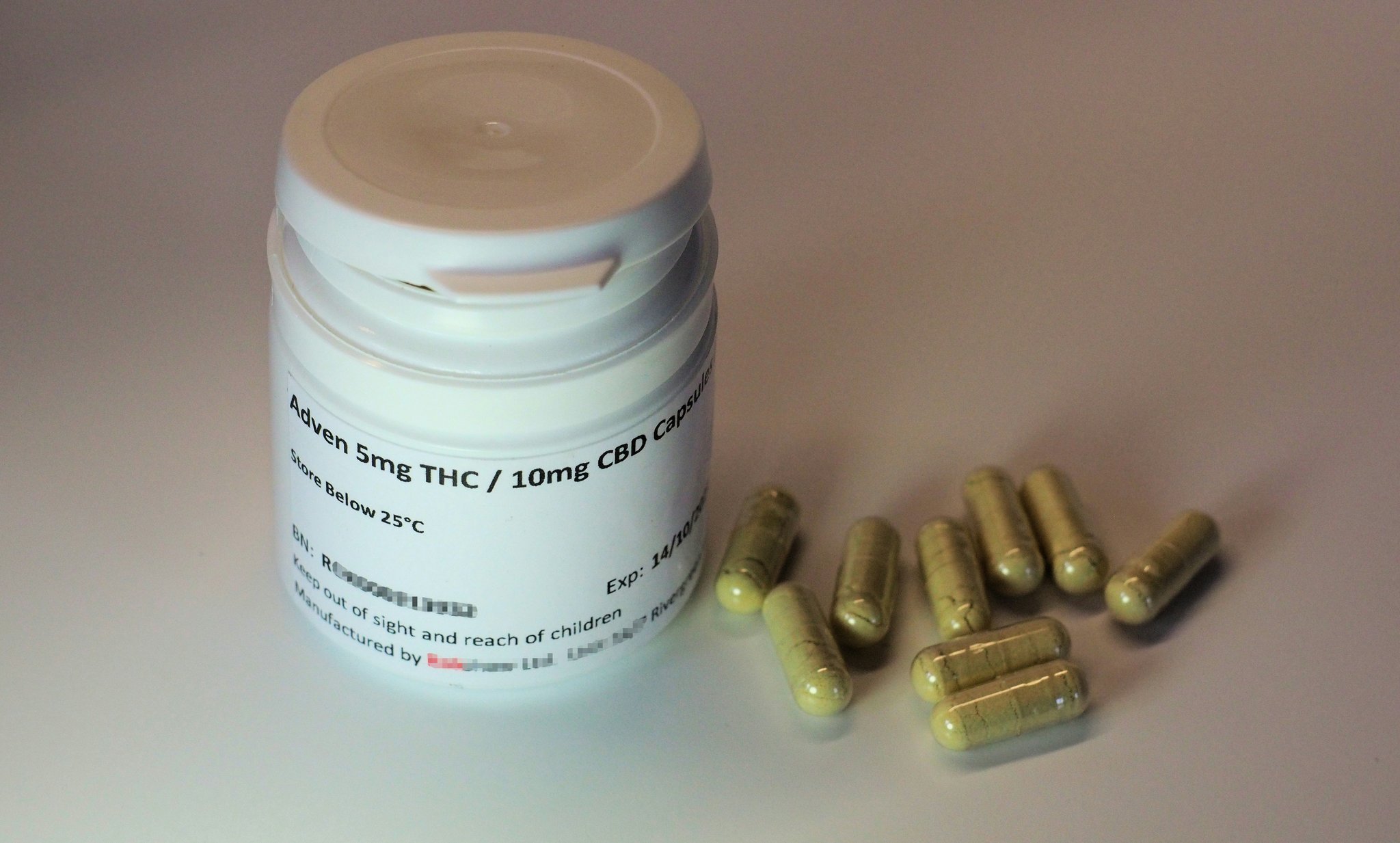Ever watched your furry friend struggle to get up after a nap? That heartbreaking moment when they wince or limp is all too familiar for pet parents. Joint pain affects dogs and cats alike, often creeping in silently as they age. But what if I told you that turmeric – yes, the golden spice from your kitchen cabinet – could be the secret ingredient to supporting their joint health? Let’s dive into how “joint health turmeric” can transform your pet’s mobility, comfort, and overall wellbeing.
Table of Contents
- Introduction
- Key Takeaways
- Why Joint Health Matters for Pets
- How to Use Turmeric for Joint Health
- Tips for Choosing Quality Turmeric Supplements
- Real-Life Success Stories
- FAQs About Joint Health Turmeric
- Conclusion
Key Takeaways
- Turmeric contains curcumin, which has powerful anti-inflammatory properties beneficial for joint health.
- Always consult your veterinarian before starting any new supplement regimen.
- Quality matters: Look for supplements specifically formulated for pets.
- Consistency is key—long-term use yields better results.
Why Does Joint Health Matter So Much for Pets?
Pets aren’t exactly great at telling us they’re hurting, are they? They’ll wag their tails through discomfort because, well, they don’t want to disappoint us. But statistics show that one in five adult dogs suffer from arthritis, while senior cats frequently develop stiff joints due to aging cartilage wear-and-tear.

I once gave my golden retriever plain table turmeric sprinkled over his food during an episode of stiffness. Big mistake: turns out he needed something more tailored! Lesson learned—the wrong delivery method or dosage might not work—or worse, upset their stomach.
“Grumpy Me:” “Do you *really* need another expense?”
“Optimist Me:” “If it keeps them running around happily, isn’t it worth every penny?”
How Do You Use Turmeric for Your Pet’s Joint Health?
Alright, let’s break this down step by step. Here’s how you can integrate turmeric into your pet’s life safely:
Step 1: Consult the Vet First
Before diving headfirst into turmeric supplements, always have a conversation with your vet. While generally safe, excessive amounts of turmeric may interact poorly with certain medications (like blood thinners).
Step 2: Choose Between DIY or Ready-Made Supplements
You could opt for homemade turmeric paste (mixing turmeric powder, water, black pepper, and coconut oil), but many pet parents prefer pre-formulated options designed for optimal absorption.
Step 3: Start Small
Introduce turmeric gradually. Begin with about ¼ teaspoon per day for smaller breeds and scale up depending on size and tolerance. Monitor closely for signs of digestive issues.
Step 4: Be Consistent
Curcumin works cumulatively—it takes time to build up in the system. Stick with it for at least 2-3 months to see noticeable improvements in joint mobility.
Tips for Picking High-Quality Turmeric Supplements
- Check the Ingredients: Ensure the product includes bioavailability enhancers like piperine (black pepper extract) or liposomal formulations.
- Look for Certifications: Opt for supplements tested by third-party labs for purity and potency.
- Species-Specific Formulas: Avoid human-grade products; stick to pet-specific brands.
Here’s an easy-to-understand comparison table:
| Criteria | Good Product | Bad Product |
|---|---|---|
| Ingredients | Natural, no fillers | Lots of artificial additives |
| Bioavailability | With piperine/liposomes | No absorption aids |
| Lab Testing | Yes | No |
Success Stories: Real-Life Wins with Joint Health Turmeric
Take Max, a 10-year-old Labrador who had trouble climbing stairs. His owner started him on a daily dose of turmeric capsules mixed with fish oil, and within weeks, Max was bounding up steps again!
Frequently Asked Questions About Joint Health Turmeric
Is turmeric safe for all animals?
Mostly! However, avoid giving turmeric to pregnant/nursing pets without veterinary advice.
What’s the best way to mix turmeric into food?
Puree it with wet food or hide it inside treats. Some pets love the taste, others need coaxing!
Are there side effects?
Minor gastrointestinal upset might occur initially, especially if introduced too quickly.
Conclusion
Turmeric isn’t just a trendy spice—it’s a game-changer for managing joint health in pets. With its natural anti-inflammatory powerhouse, curcumin, it supports mobility and reduces discomfort naturally. Just remember: consistency, quality, and professional guidance go a long way.
So here’s to fewer wobbly legs and more tail wags! 🐾✨ And hey, speaking of golden moments…
Golden bowls and wagging tails, Turmeric soothes where soreness trails. Age no match, give love and care, Happy joints mean less despair!



